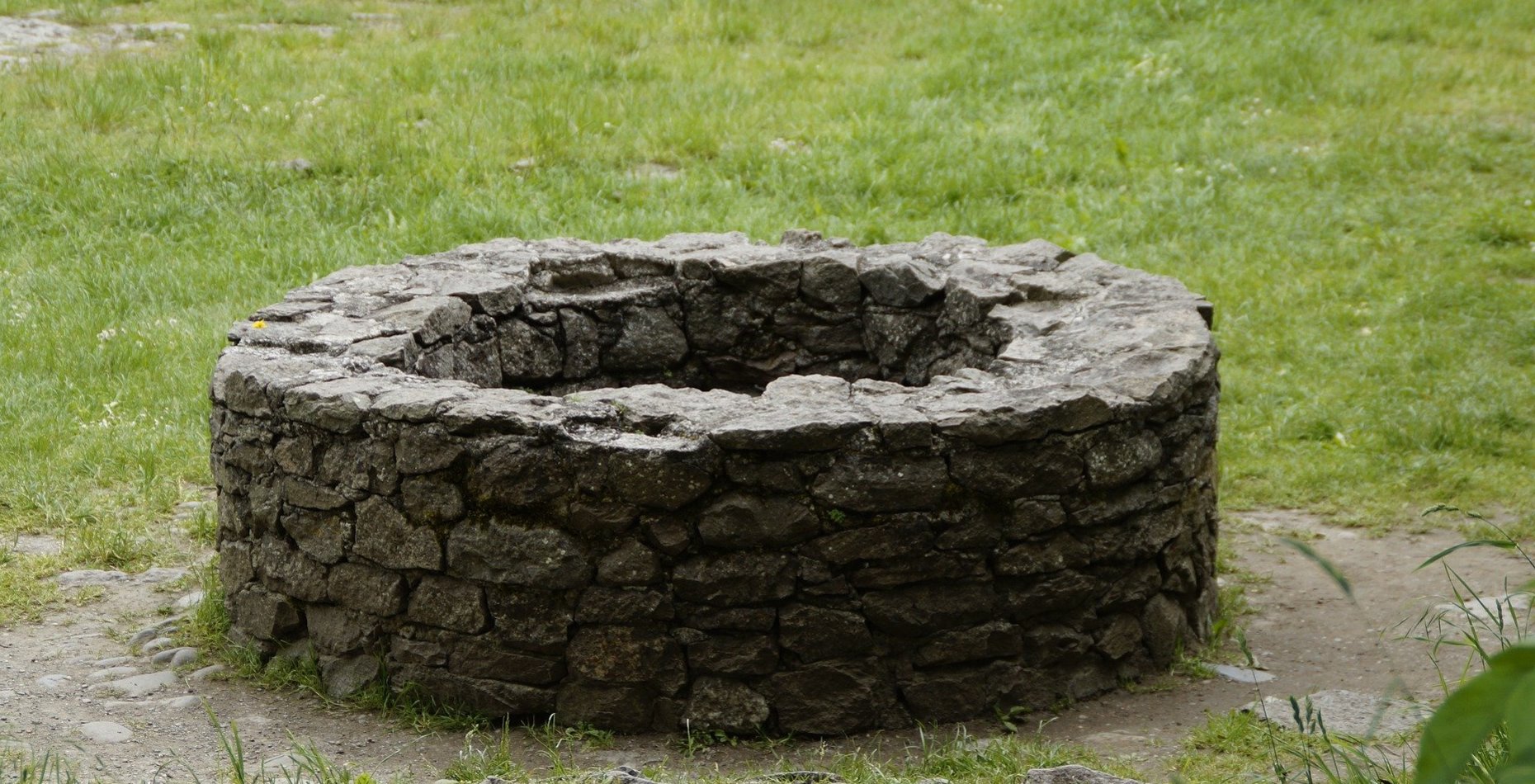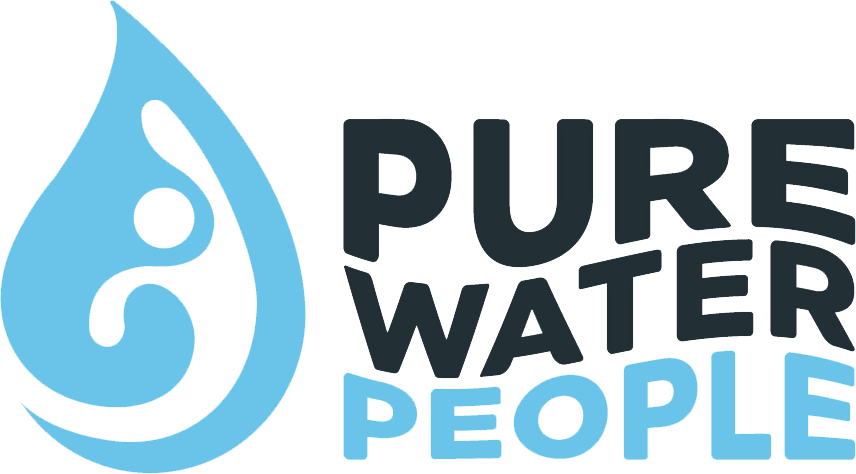Case studies in Water Contamination, Part 2
Posted on 16th October 2020 at 11:56
It has recently been reported that a “brain-eating microbe” has been found in the water system of Lake Jackson, a city in Texas. The microbe in question is ‘Naegleria Fowleri’, an amoeba that causes Primary Amoebic Meningoencephalitis (PAM), a fatal brain disease.
Cases of PAM are rare, but there is a strong argument to suggest that, due to different factors including climate change, cases may become more common in the future.
But before we get too far into it, what is going on in Lake Jackson?
The Situation in Lake Jackson
The current situation in Lake Jackson, Texas, has a truly tragic beginning. Earlier last month (Sept. 8th, 2020) a young boy lost his life after being infected by the amoeba. It was determined that the amoeba was contracted from a splash pad (a type of outdoor play area involving water).
As a precaution, the 27,000 residents of the city were told on Friday 25th of September to not use their water supply (except to flush toilets). This was lifted in the surrounding area by the Saturday, but not for Lake Jackson - this advice was later amended, and the residents of the city were advised to boil the water before drinking. The amoeba won’t survive boiling temperatures, so the boiling measure was put in place so that the water supply was drinkable. They were also instructed not to let any water enter their nasal passages (something that is essential for N. Fowleri to infect people).
Since then, steps have been taken to ensure that the water system is adequately disinfected. Whereas chloramine was being used to treat the water, a switch to chlorine, a more efficacious primary disinfectant, is now underway. It was expected that this disinfection process could take 60 days.
It was on October 6th that the boil notice was lifted and the water was once again deemed safe to drink; of course, the residents of Lake Jackson are still being advised not to let water get too far into their noses.
What is Naegleria Fowleri?
N. Fowleri is an amoeba that is most commonly found in warm, fresh water; it can also be present in places such as hot springs, swimming pools (if they are inadequately maintained), artificially/industrially heated water (such as discharge from industrial plants), water heaters and soil.
N. Fowleri is also quite strange – if you were to drink water containing the amoeba, you wouldn’t be infected, but if the amoeba were to enter your nasal passage, you can be infected as it can then travel to the brain. Recorded cases of infection are rare, but they are also extremely fatal, with PAM cases having a fatality rate of around 95%.
To make things more complicated, while it’s a thermophilic (thrives in warm temperatures) amoeba that is most often found in fresh water, a small percentage of cases are thought to be caused by dry infection through dust. It also adapts to different situations by alternating between 3 different states.
Yes, that’s a lot to take in, but we’ll break this down one thing at a time, starting with the different stages of its lifecycle.


The three stages in which N. Fowleri can exist are dependent on factors such as temperature, environment and if there is an abundant source of nutrients. The amoeba can also alternate between these stages, so it’s not something linear. The stage at which it is reproductive and is capable of infecting people is the Trophozoite stage. This stage requires the right temperature range, availability of nutrients and the right setting. If there are environmental changes (such as changes in PH or ionic changes) it can then change to its flagellate stage. This is so named after the (typically) two flagella it uses to swim. This stage doesn’t feed, but it is more mobile so that it can find the right conditions to revert to its Trophozoite stage. Finally, there is the Cyst stage. This is a resting stage that is resistant to unfavourable environments (such as the cold or dry). This is thought to be the cause of cases dry infection. The idea is that the cysts are inhaled through dust and can then use the nasal passage to enter the host. There is some debate here, as it is thought that the cysts only last for a few minutes when dried, but there is support for the idea that amoebic cysts can last as long as 5 years in fine clay.
It is when infected, that people can develop P.A.M. Symptoms include headaches, fever, vomiting, stiff neck, seizures and even a coma. Sadly, cases are almost always fatal, with death usually occurring within 10 days.
An 'Emerging Pathogen'
It is possible that N. Fowleri is an ‘emerging pathogen’. An Emerging Pathogen is an infectious disease that has either newly observed in a population, or one that already exists, but cases are increasing (and quickly).
This could very well apply to N. Fowleri; cases of infection by the parasite and the PAM caused by this, are certainly not at all common, but there is a suggestion that they could become somewhat less common. But why could this be?

One major factor is climate change. At a glance it seems simple; after all, this is a thermophilic amoeba – does this not mean that it will fare well if global temperatures increase? This is an idea that is even supported by cases in a freshwater lake in Minnesota. It is atypical for it to be found this far north, so climate change could be factor here.
But this could be a simplistic explanation. Depending on the region, climate change could either cause an increase in precipitation or drought. Their impact might be arguably less direct, but none-the-less very significant. In fresh water sources, increased precipitation may cause eutrophication, which would affect the ecosystem in question. In the case of drought, it would also cause people to resort to rooftop rainwater systems (the safety of which is questionable) and could also see the increased use of wells (groundwater systems are more susceptible to host the parasite). Also, let’s not forget – when it gets warmer, people are more likely to try and beat the heat and the kind of water source that is responsible for N. Folweri cases, such as a nice freshwater lake, may seem like a perfectly viable option for this.

There is also another possible factor behind the rise in worldwide cases over the last twenty years; there is a lot more awareness about it nowadays, which is reflected in the increase in publications on the subject. It is also important to note that in developing countries where climate conditions are favourable to N. Fowleri, there may be a significantly higher amount of cases than we think. Due to economic reasons, inadequate healthcare can easily cause misdiagnosis. This isn’t helped by the fact that PAM has superficial similarities to bacterial or tubercular meningitis.
So, there are a lot of factors in play here and while it is difficult to predict the future, cases may become more common as time goes on.
Other notable cases
PAM cases can occur in outbreaks, and this has been the cases on a few occasions. An outbreak between 2015-2017 in Karachi was responsible for 24 deaths, where N. Fowleri found its way into the domestic water supply. Another case in the Czech Republic between 1962-1965, which was responsible for 16 deaths, came from a single swimming pool and there was a case in Bath, in 1978. This caused one death and was the result of swimming in the Roman Baths. Of course, people are no longer allowed to use these for swimming.
What could this mean for the future?
It’s very difficult to say exactly what the future might hold when it comes to Naeglaeria Fowleri and Primary Amoebic Meningoencephalitis. There are a lot of different factors on play – there could be an increase in cases due to climate change, we could see an increase in reported cases as a result of more accurate diagnosis, we could see a rise in seasonal cases and in countries where it’s not typically found in natural water sources...who can really say for sure?
Hopefully, at the very least, awareness will increase to a point where future cases can be prevented.
Tagged as: amoeba, brain eating microbe, Lake Jackson, n. folweri, naegleria fowleri, p.a.m, primary amebic meningoencaphalitis, texas
Share this post:





